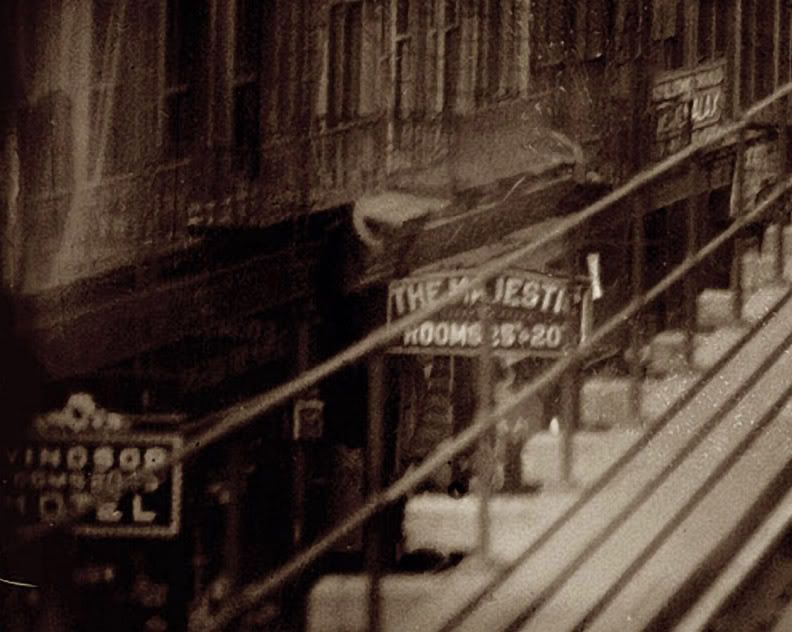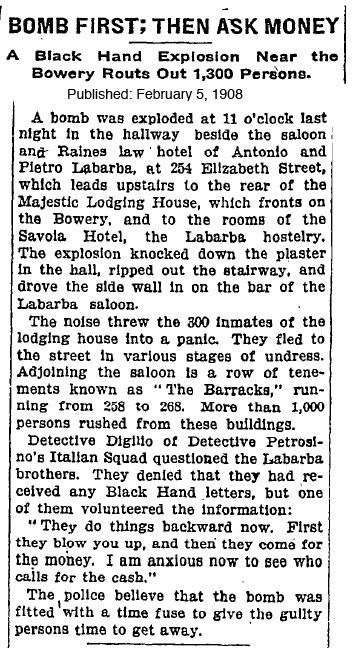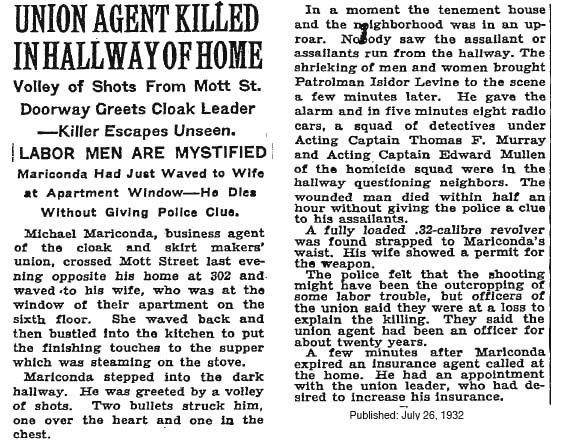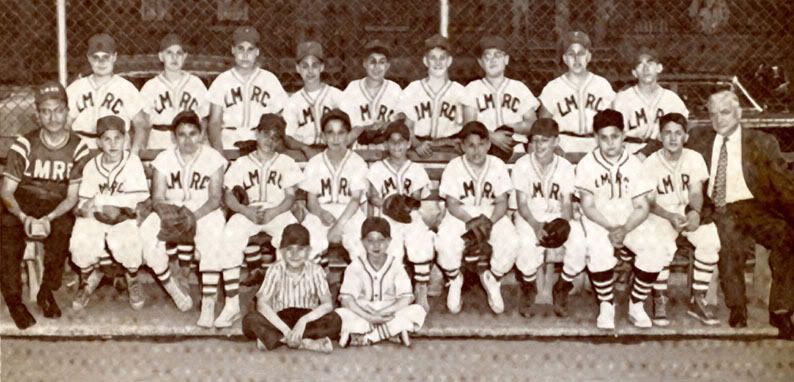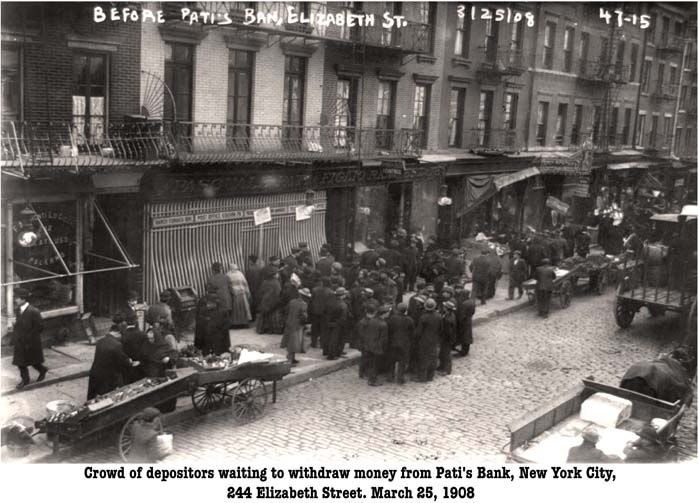
Showing posts with label ward 14. Show all posts
Showing posts with label ward 14. Show all posts
Sunday, January 3, 2010
Martin Scorcese's Elizabeth Street
244 Elizabeth
The above images are from curbed, as is a segment from below
The above images are from curbed, as is a segment from below
A curious reader recently inquired about the goings-on at 244 Elizabeth Street, a tired old tenement on the eastern edge of Nolita, noting that this one is "a building where the deadbeat tenants would sit around and BBQ and take over the street, but I noticed a roll down gate covering their front door, cinder blocks covering the ground floor windows and wood covering other windows in the building." Deadbeats? Harsh! We dug into our vast archives and found a tale stretching across the past century, with echoes of Scorsese and the Gangs of New York. Given what we discovered, the neighborhood's newly-arrived neighbors might want to brush up on their marinades, because it looks like the old-timers will soon be back.
Mobsters and mayhem, right this way.
244 Elizabeth, currently owned by the Department of Housing Preservation and Development, went into foreclosure back in the mid-70's. Now the building is being rehabbed as part of the Tenant Interim Lease Program, a city-sponsored community development initiative that "assists organized tenant associations in City-owned buildings to develop economically self-sufficient low-income cooperatives where tenants purchase their apartments for $250." High-paying neighbors will want to know that the cinder blocks and plywood now filling the facade are merely the interim design elements; they will give way to new windows and a full renovation. And very possibly the return of sidewalk BBQs.
If any nabe newbies are complaining now, imagine what they would have said a hundred years ago when this block was a target of the infamous Black Hand gang. Two doors down at 240 Elizabeth sat Pasquale Pati's Italian Bank; late in the afternoon of January 23, 1908, a bomb was set off in the bank's doorway as a way to extort cash from the banker and terrorize the neighborhood. On duty to combat the insurgents was NYPD's Lt. Joseph Petrosino, who gave his life in the on-going fight and is remembered at Petrosino Square a few blocks away. Forty years later this block was home to director Martin Scorsese, first at 241 Elizabeth and then later in a third-floor apartment facing onto Elizabeth at No. 253. There, from the fire escape where he slept on hot summer nights, Scorsese soaked up the activity on the mean streets below. Deadbeats and BBQs and all.
Martin Scorcese's Italianamerican: Part 1
Martin Scorsese's 1974 documentary on his parents, Catherine & Charles Scorcese.
gulley jimson's channel on youtube has a wealth of scorcese material
from wikipedia
Martin Marcantonio Luciano Scorsese (born November 17, 1942) is an American film director, screenwriter, producer, actor, and film historian. He is the founder of the World Cinema Foundation, a recipient of the AFI Life Achievement Award for his contributions to the cinema and has won awards from the Oscars, Golden Globe, BAFTA, and Directors Guild of America. Scorsese is president of the Film Foundation, a non-profit organization dedicated to film preservation and the prevention of the decaying of motion picture film stock.
Scorsese's body of work addresses such themes as Italian American identity, Roman Catholic concepts of guilt and redemption, machismo, and violence. Scorsese is widely considered to be one of the most significant and influential American filmmakers of his era, directing landmark films such as Taxi Driver, Raging Bull and Goodfellas—all of which he collaborated on with actor Robert De Niro. He won the Academy Award for Best Director for The Departed and earned an MFA in film directing from the New York University Tisch School of the Arts.
Martin Scorsese was born in New York City. His father, Luciano Charles Scorsese (1913–1993), and mother, Catherine Scorsese (née Cappa; 1912–1997), both worked in New York's Garment District, his father as a clothes presser and his mother as a seamstress.As a boy his parents would often take him to the movie theaters; it was at this stage in his life that he developed his passion for cinema. Obsessed with historical epics at an early age, at least two films of the genre, Land of the Pharaohs and El Cid, appear to have had a deep and lasting impact on his cinema psyche. Scorsese also developed an admiration for neo-realist cinema at this time. He recounted its influence in a documentary on Italian neorealism, and commented on how The Bicycle Thief alongside Paisà, Rome, Open City inspired him and how this influenced his view or portrayal of his Sicilian heritage. In his documentary, Il Mio Viaggio in Italia, Scorsese noted that the Sicilian episode of Roberto Rossellini's Paisà which he first saw on television alongside his relatives, who were themselves Sicilian immigrants, made a significant impact on his life. He has also cited the Indian neorealist filmmaker Satyajit Ray as a major influence on his career. His initial desire to become a priest while attending Cardinal Hayes High School in the Bronx was forsaken for cinema– the seminary traded for NYU Film School, where he received his MFA in film directing in 1969.
Martin Scorcese's "The Neighborhood"
a h/t to Cecelia Maruffi for sending this along
A short segment Scorsese directed for the 2001 Concert For New York City. It was introduced by Leonardo DiCaprio and Robert De Niro. Followed by the short film was a performance by Billy Joel.
His part of Elizabeth Street is in Ward 14. Broome Street is the dividing line between Ward 6 and 14. Here's a previous post with a 1908 view of his block
Friday, February 27, 2009
260 Elizabeth Street: 1912
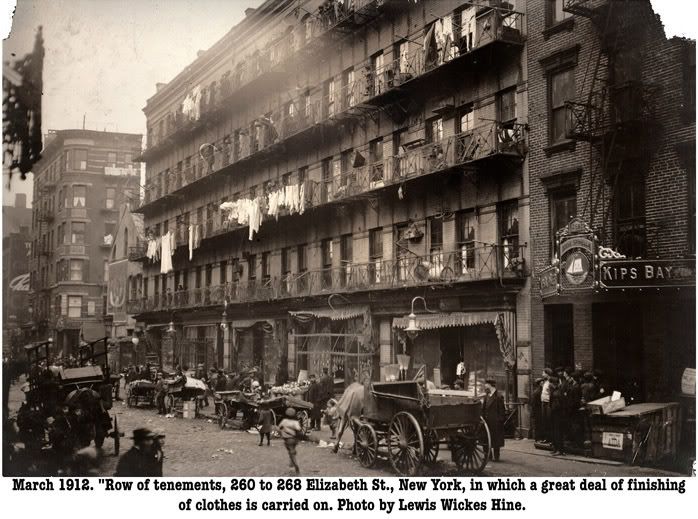
This is the lodging hose where 300 tenants were rocked by an explosion in 1908.
Hi definition image at shorpy.
March 1912. "Row of tenements, 260 to 268 Elizabeth St., New York, in which a great deal of finishing of clothes is carried on." View full size. 268 Elizabeth Street, in Little Italy, is now a "deluxe sweater bar" called Sample; 258 (Kips Bay) is a handbag boutique called Token. Photo by Lewis Wickes Hine.
Other incidents that took place here
1883- Listed as a residence in arrest report
1900 - An alleged gambling house
1901 - Raided by police
1902 - 1908 - It was a marionette theater operated by a Senor Parisi
1910 - It was a saloon owned by Francesco La Barbera that was bombed by the "Black Hand".
3rd Avenue El And The Majestic Hotel, Part 2, 1908-1910
3rd Avenue El And The Majestic Hotel, Part 1, 1910
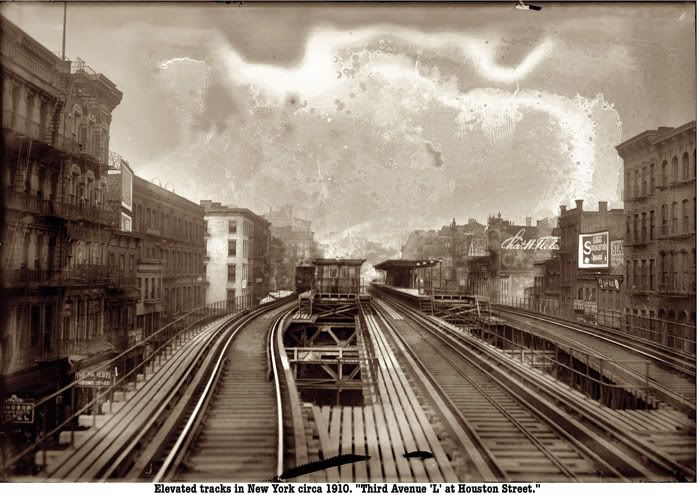
In the hi definition version of this photo at shorpy you can make out the Majestic Hotel on the left
Some comments on that shorpy post about the third rail on elevated lines
Third rail on the Els did not have coverboard like the IRT subway and most later systems. The third rail shoes were located above the rail and bore straight down on it unlike the subway type that pivots off the truck frame. Chicago transit still uses that system.
The original line here from 1878 was two single-track structures over the curb line, leaving most of the street open to the sky. Many old postcards and stereoviews show the structure in that state. This shows the rebuild as a three-track elevated over the middle of the street, which was done in 1914 or 1915.
There is most definitely a third rail there. It's easy to miss because the wooden guard rails block the view of the support chairs. I work around third rail to this day, so I literally HAVE to know how to look for it!
Perhaps you missed it. The 3rd Avenue El was electrified in 1903 when it was leased to the IRT.
No third rail -- so not electrically powered?
Thursday, February 26, 2009
1911: Making Flowers, 302 Mott Street
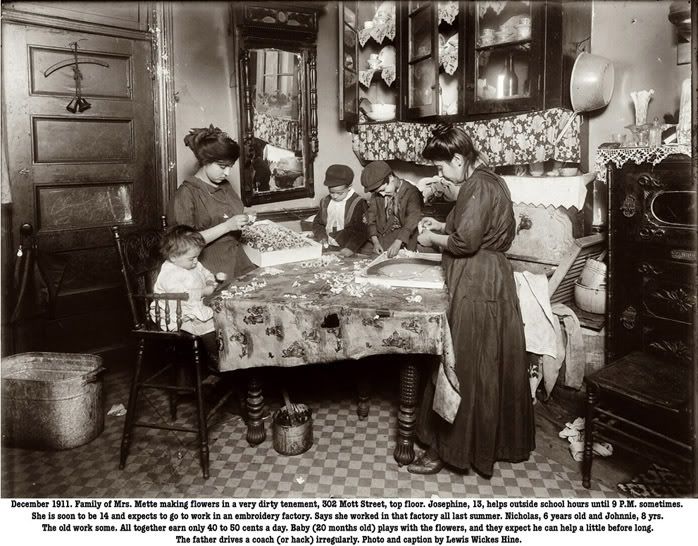
from shorpy
This is between East Houston and Bleecker. The original tenement is no longer there
The comments that went with this photo.
December 1911. Family of Mrs. Mette making flowers in a very dirty tenement, 302 Mott Street, top floor. Josephine, 13, helps outside school hours until 9 P.M. sometimes. She is soon to be 14 and expects to go to work in an embroidery factory. Says she worked in that factory all last summer. Nicholas, 6 years old and Johnnie, 8 yrs. The old work some. All together earn only 40 to 50 cents a day. Baby (20 months old) plays with the flowers, and they expect he can help a little before long. The father drives a coach (or hack) irregularly. Photo and caption by Lewis Wickes Hine.
The discussion on shorpy's post regarding the definition of cleanliness in 1911 and Hines' predelictions
This is Joe Manning, of the Lewis Hine Project. Hine had a habit of commenting about the cleanliness and neatness of his subject's houses or apartments. I suspect that it might have just been a value judgment based on his own preferences. Perhaps he was very fastidious, maybe picking that up from his mother when he was growing up in Wisconsin. We can't assume that he was just trying to exaggerate for effect. I did research on a woman who was photographed in her house in Leeds, Mass. She was putting bristles on toothbrushes. Hine's caption, in part, says, "putting bristles into tooth brushes in an untidy kitchen." I interviewed the woman's granddaughter, who had never seen the photo. When she saw the caption, she said, "Untidy kitchen? Gramma was spotless. You could eat off her floor."
Something we mention every now and then: The captions describing these tenement photos were written by photographer Lewis Hine almost 100 years ago. "Dirty" is his description. It helps to remember that he is trying to paint a bleak picture for his audience -- the U.S. Congress -- in his organization's effort to end the practice of child labor.
Poverty is not the same as being dirty. The linoleum on that floor may be a wreck from being where one enters the house. Perhaps they don't have the money to go out and replace it. The baby's high chair may also be putting black marks on the floor as it gets dragged around. They also might have to haul some coal upstairs for the stove.
These folks lived in a world of maybe 10 people in an apartment the size of the average kids bedroom these days. They are so poor that the entire family including kids is working to keep their heads above water financially. These weren't the days of handi-wipes and swiffers and vacuum cleaners and kids laying around all day playing on their computers and listening to their ipods.
BTW, the kids clothes all look very clean. Any mess on a baby is because it's a baby. There's no washer and dryer sitting nearby to pop the kid's jammies in every time they get a little mess on them
Subscribe to:
Posts (Atom)

